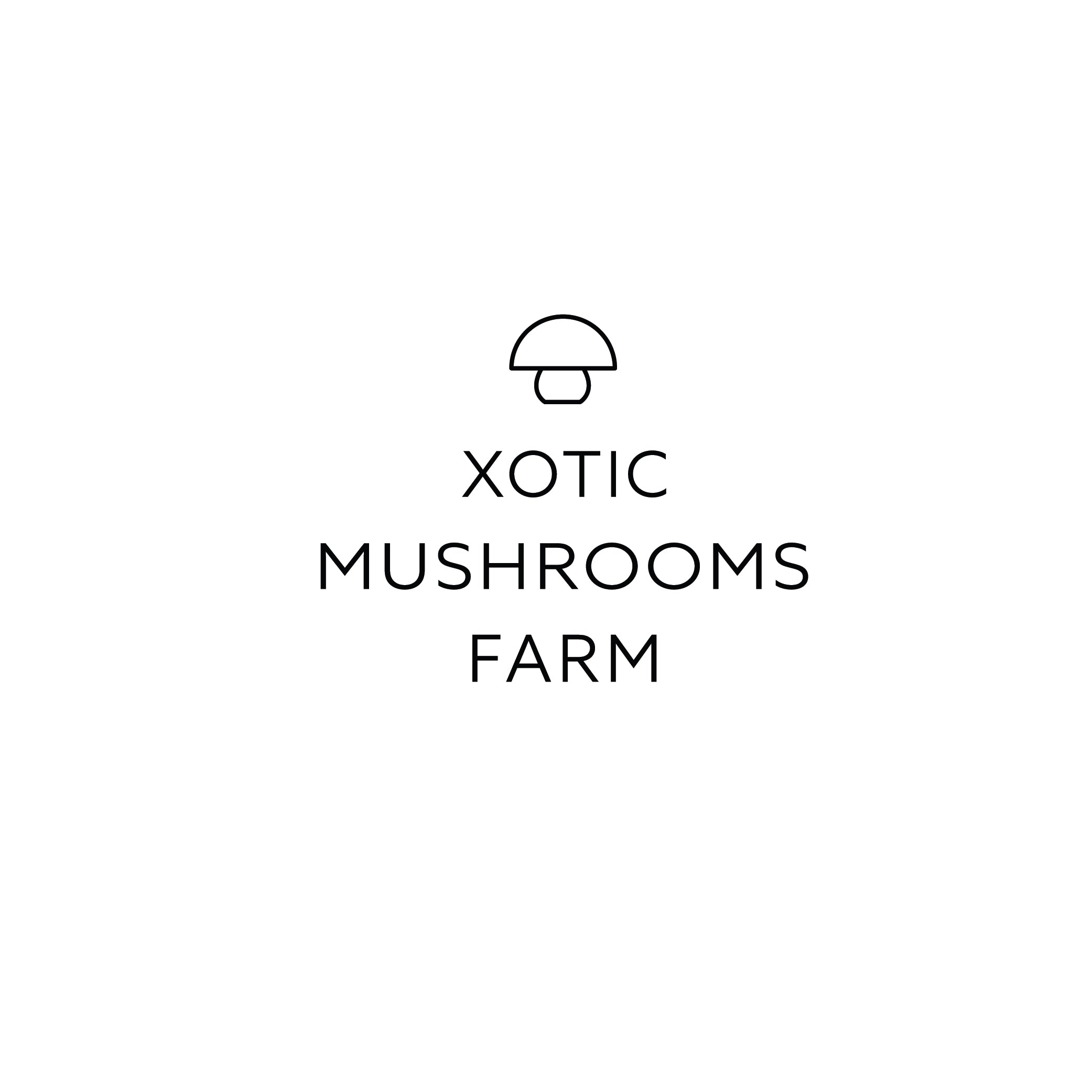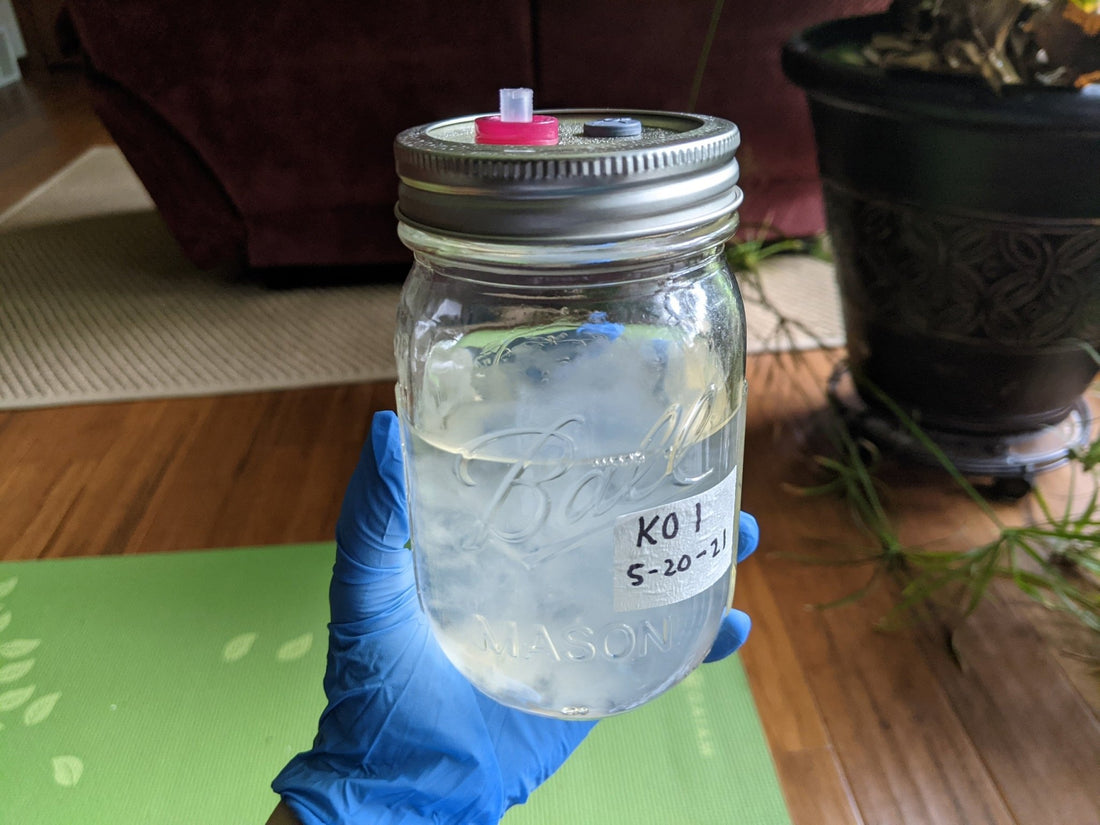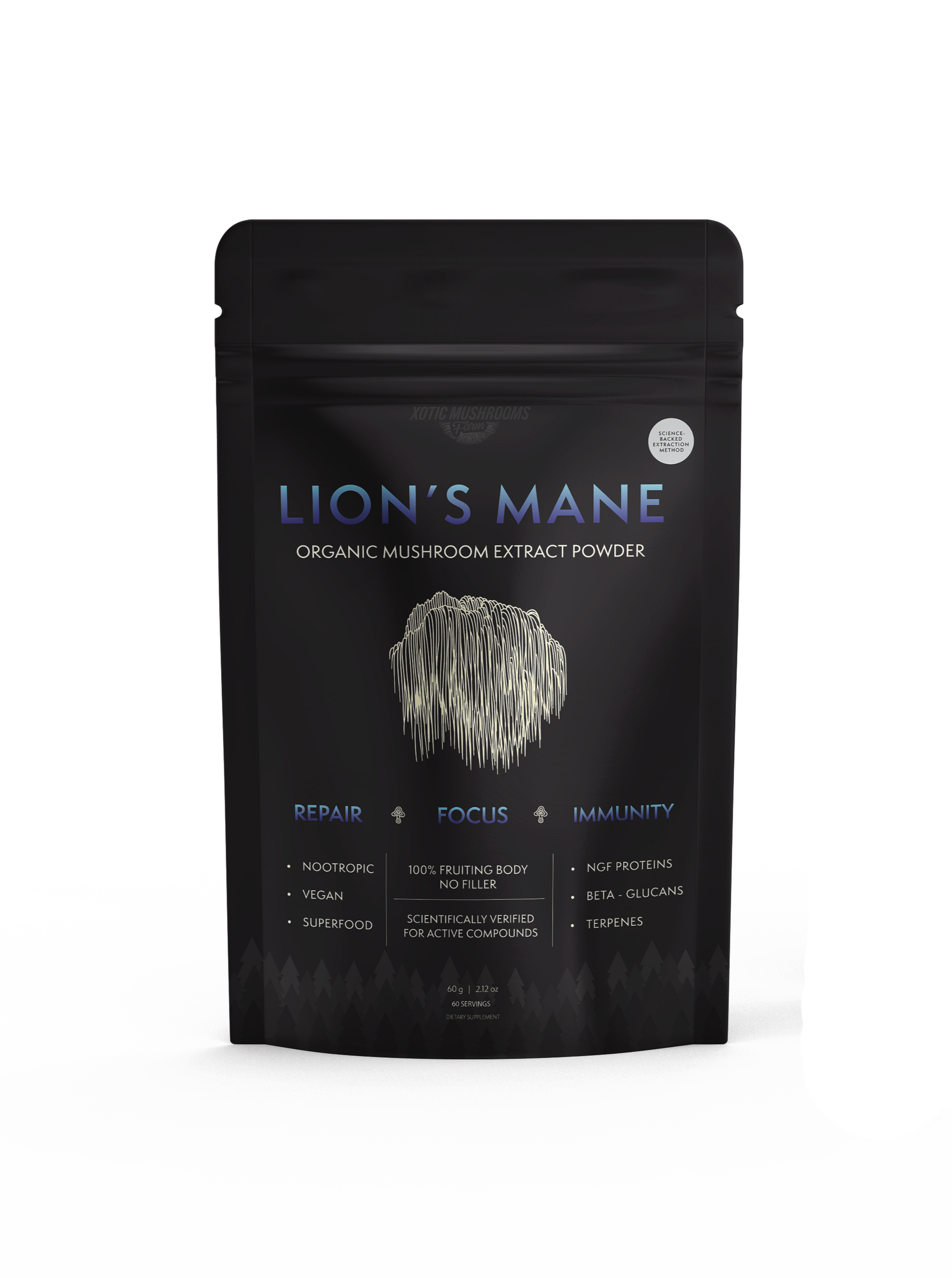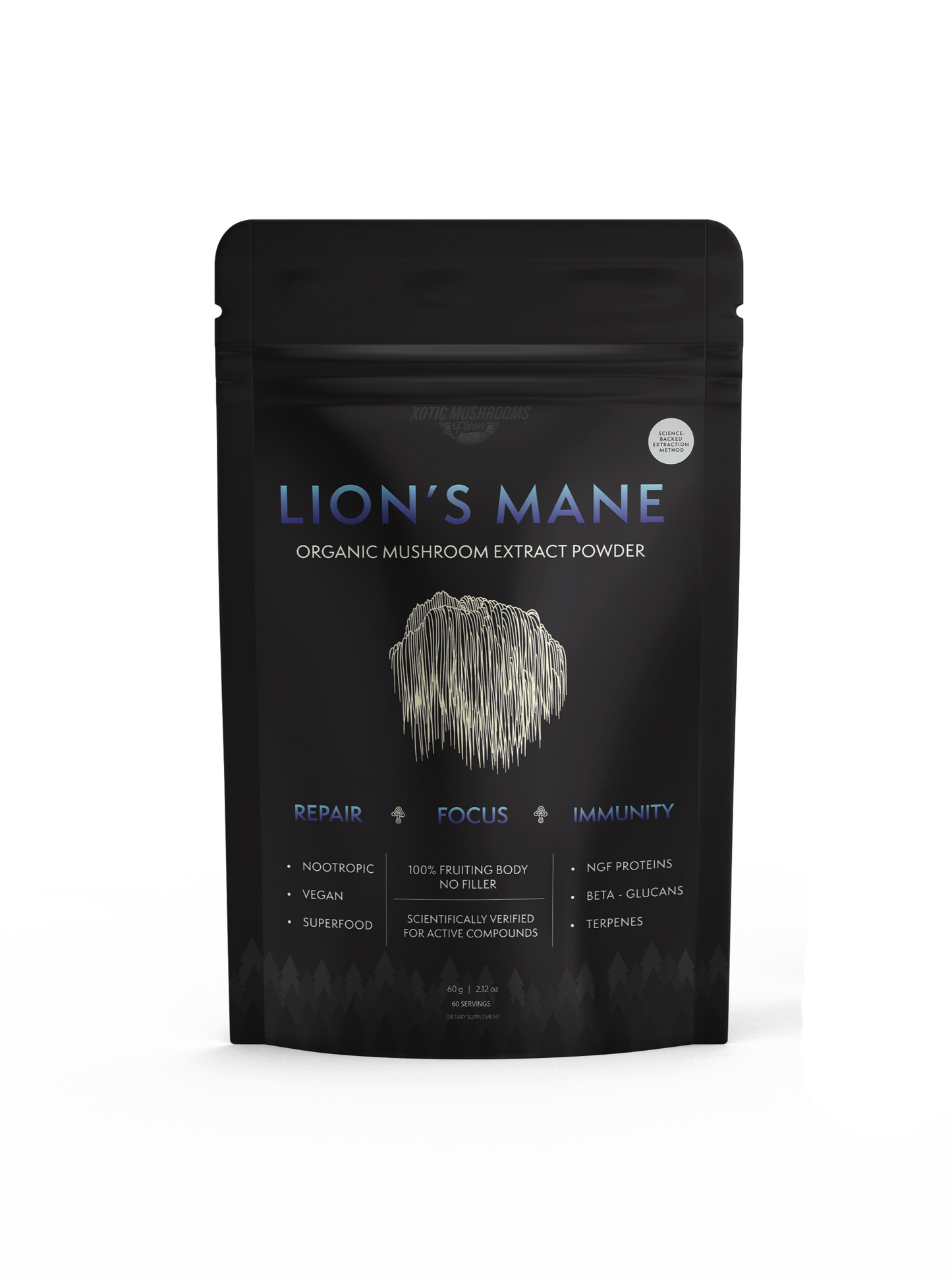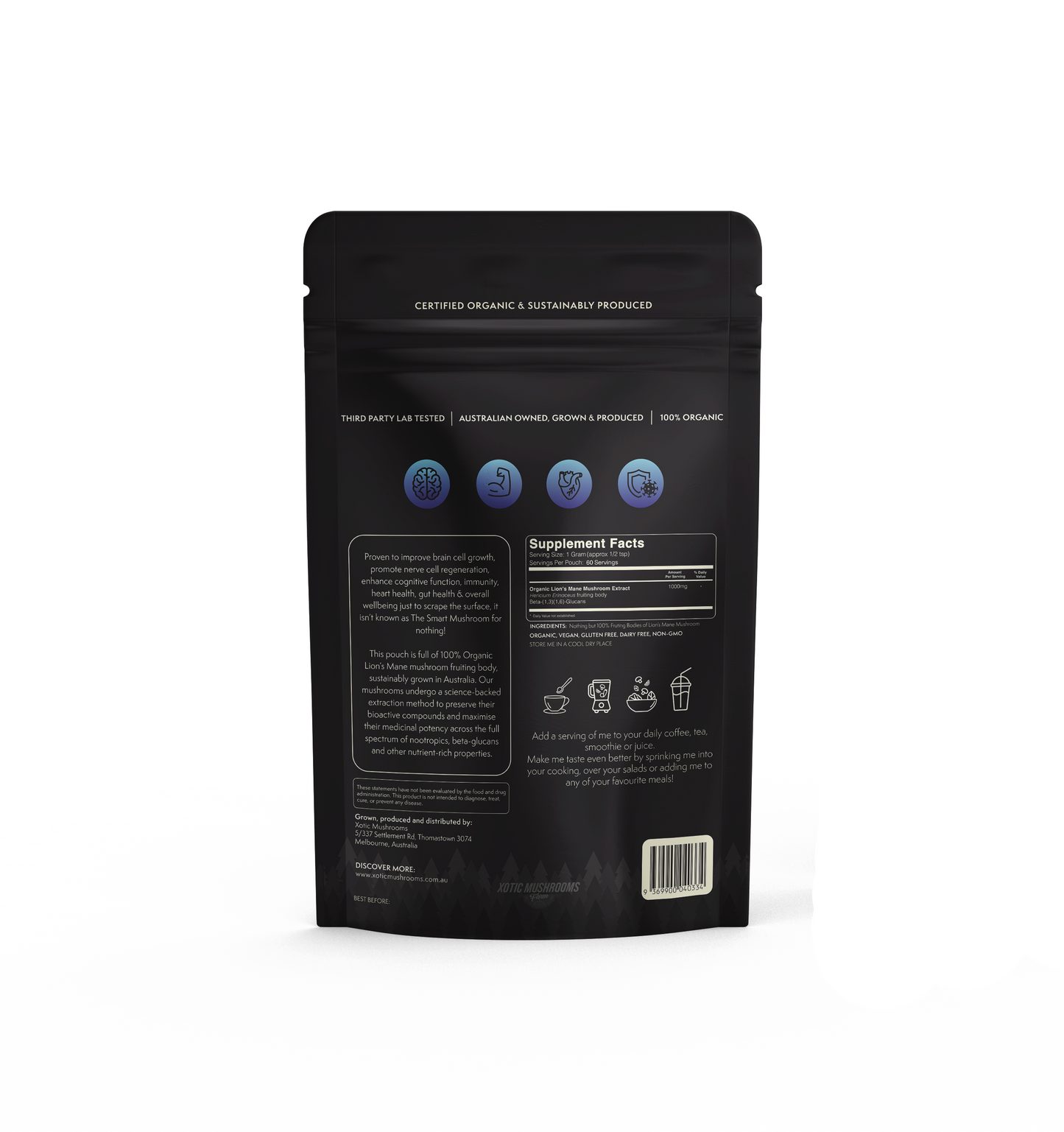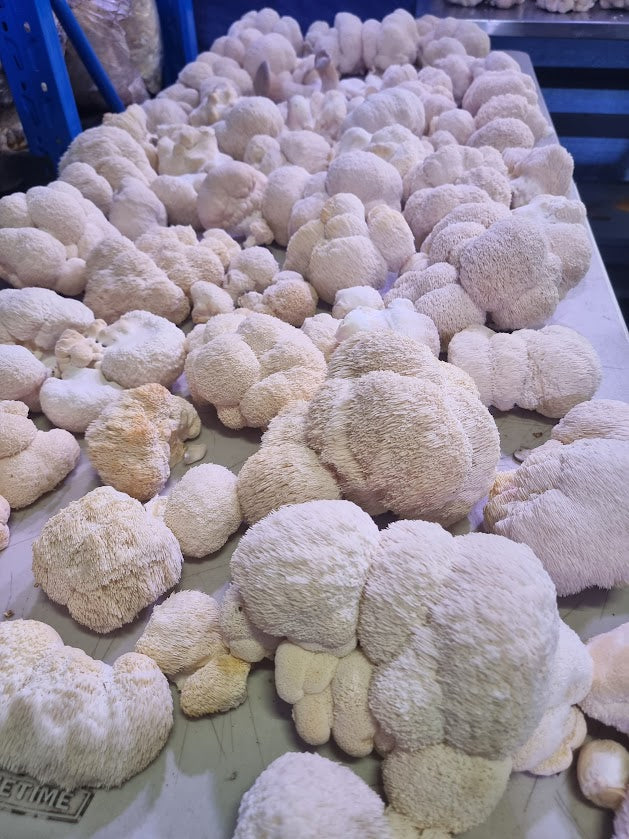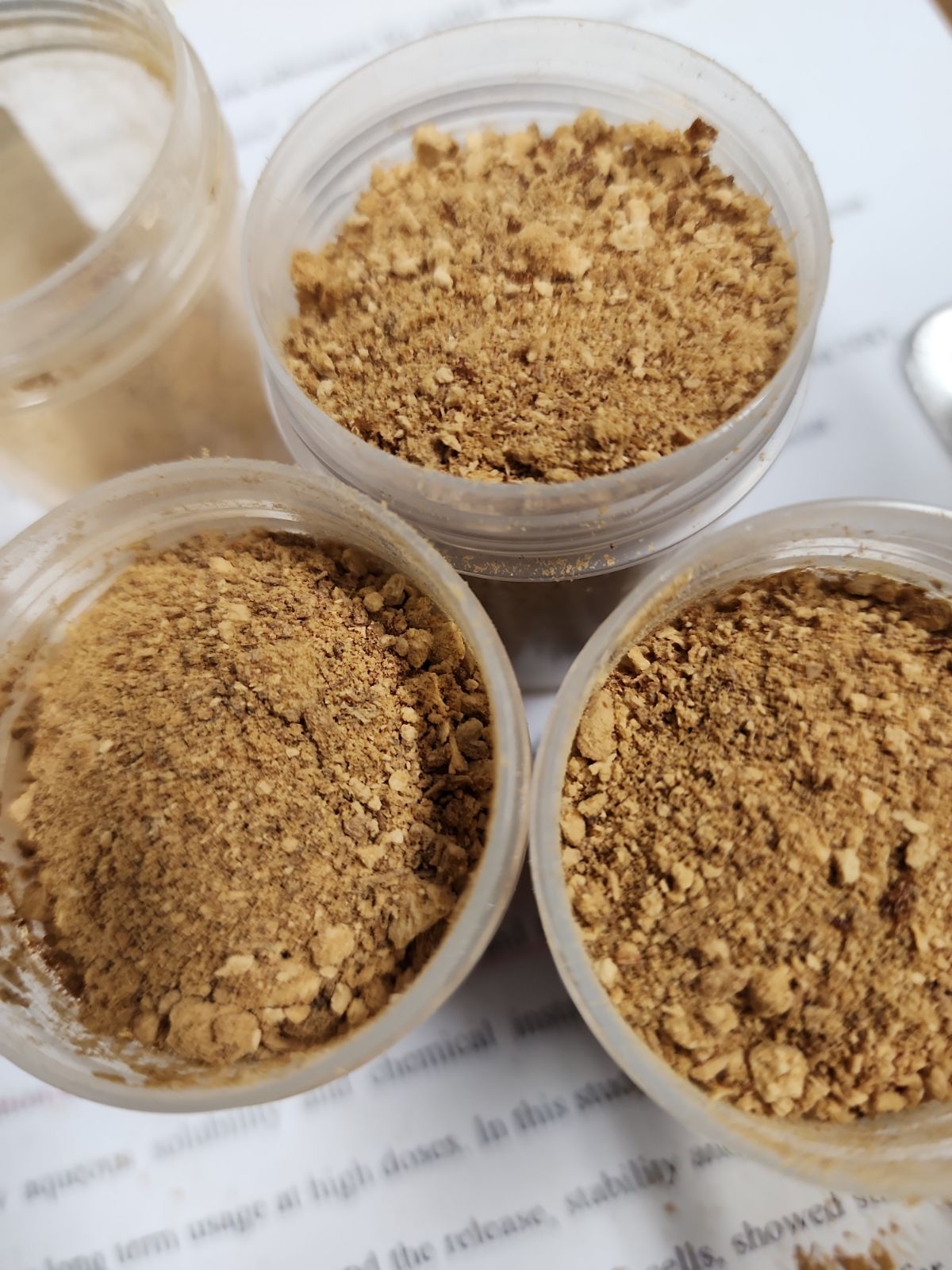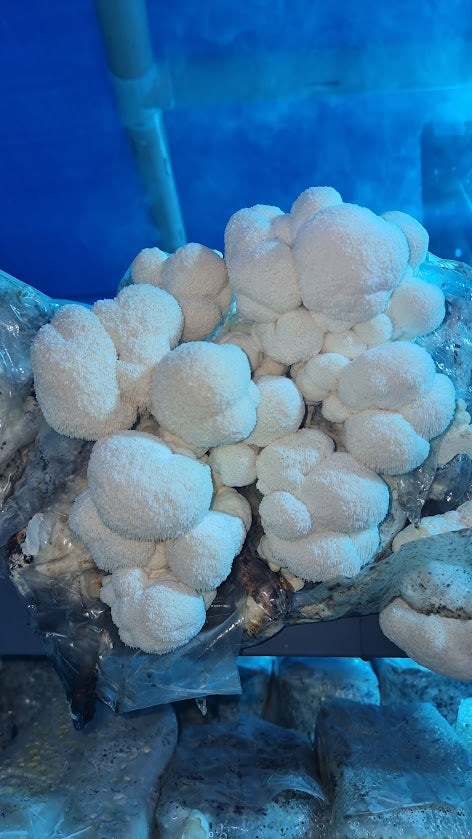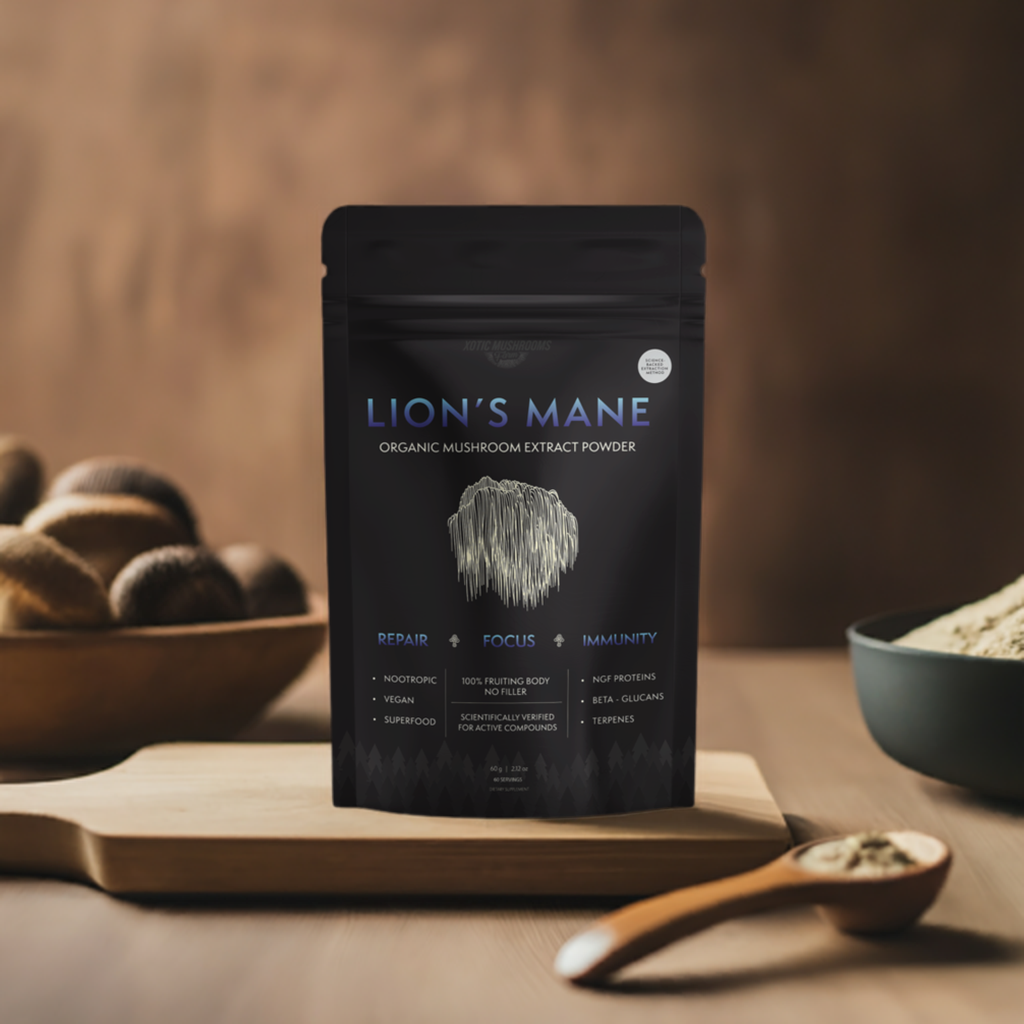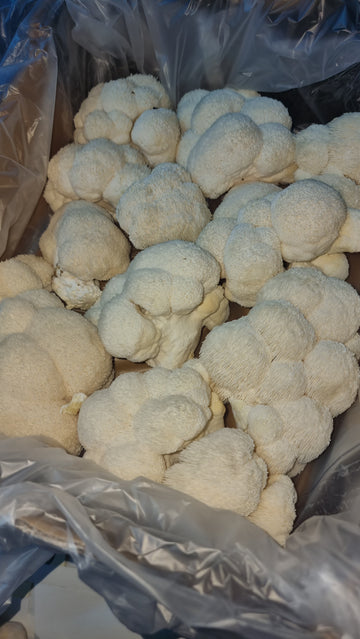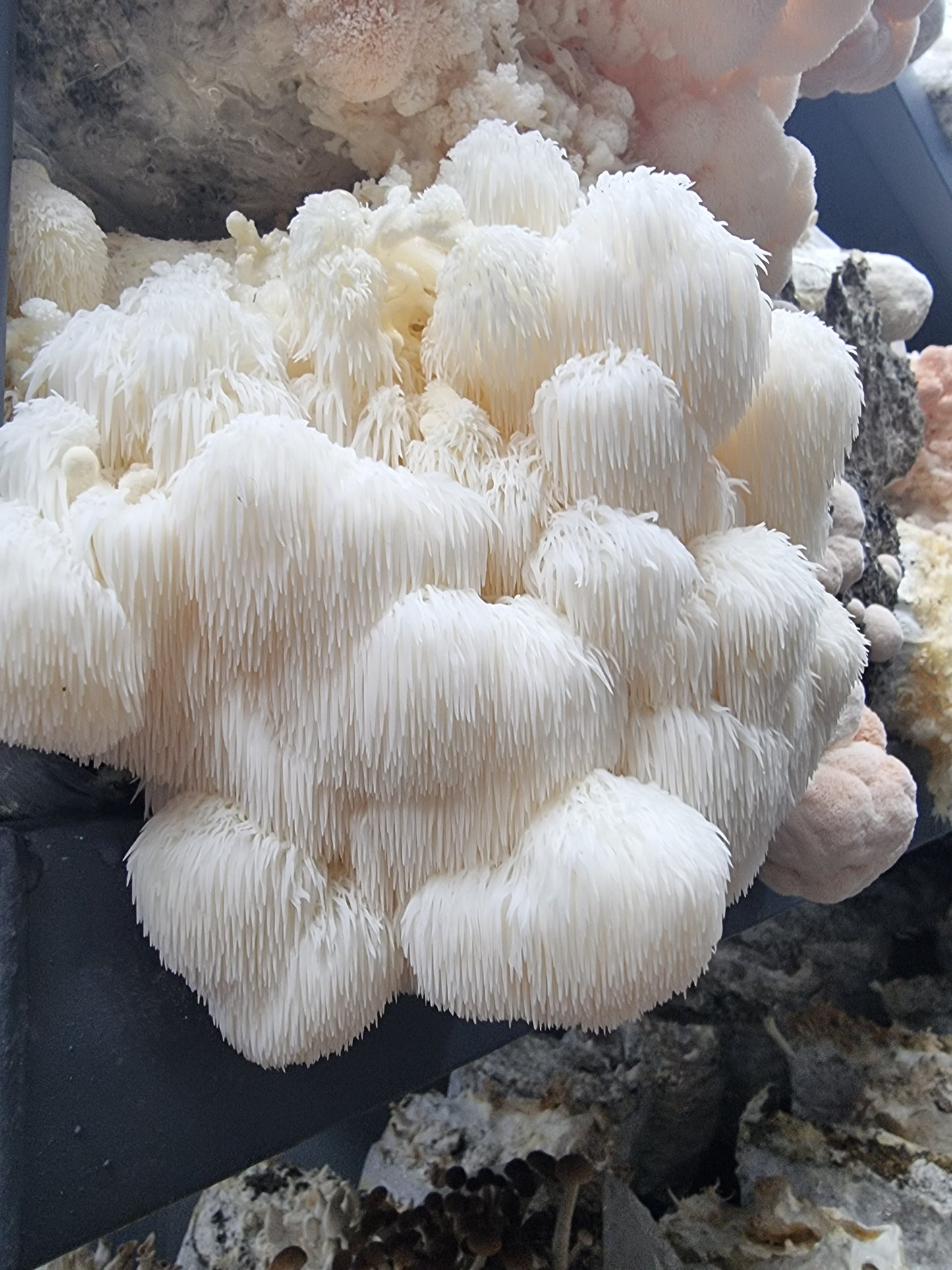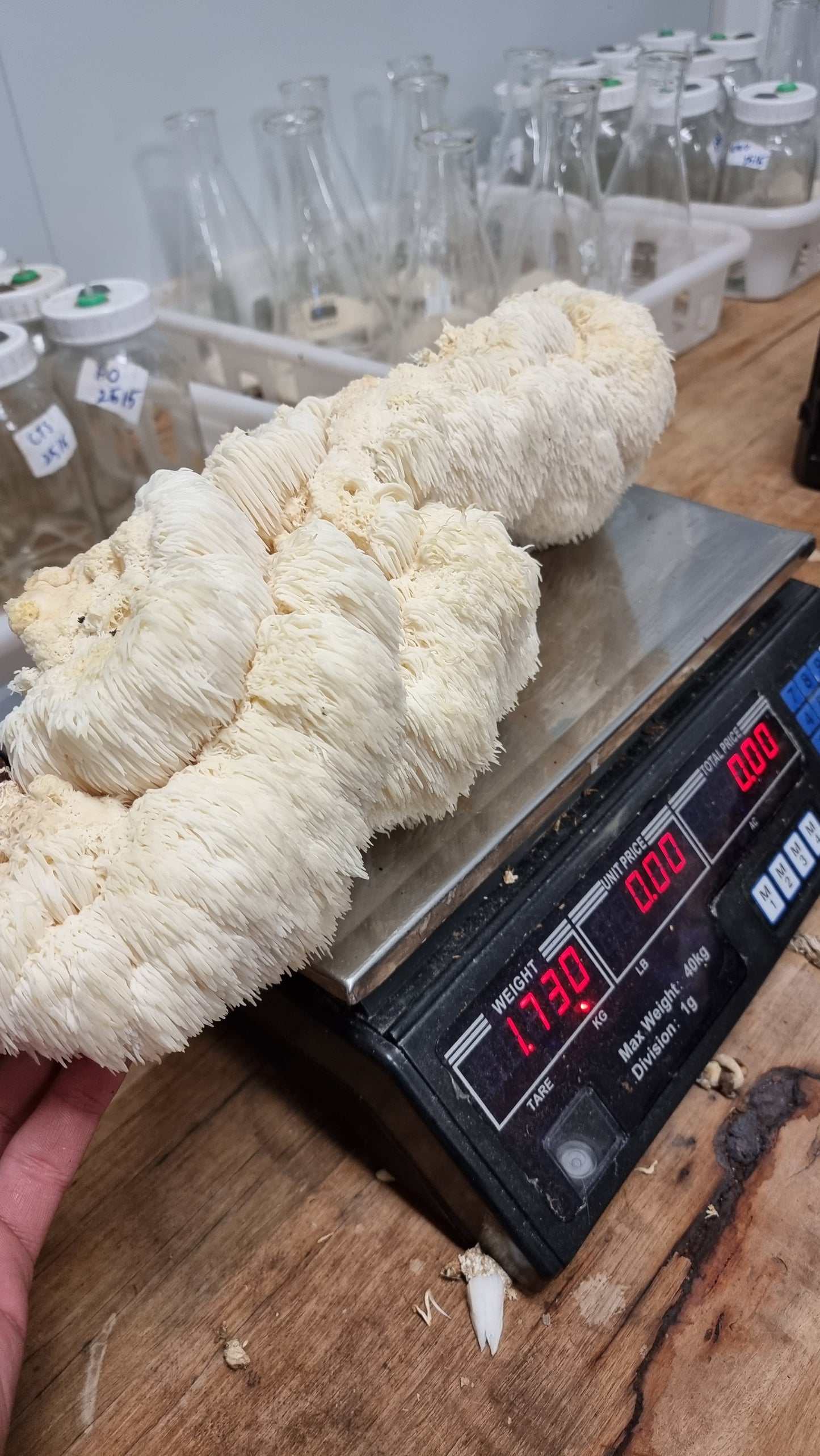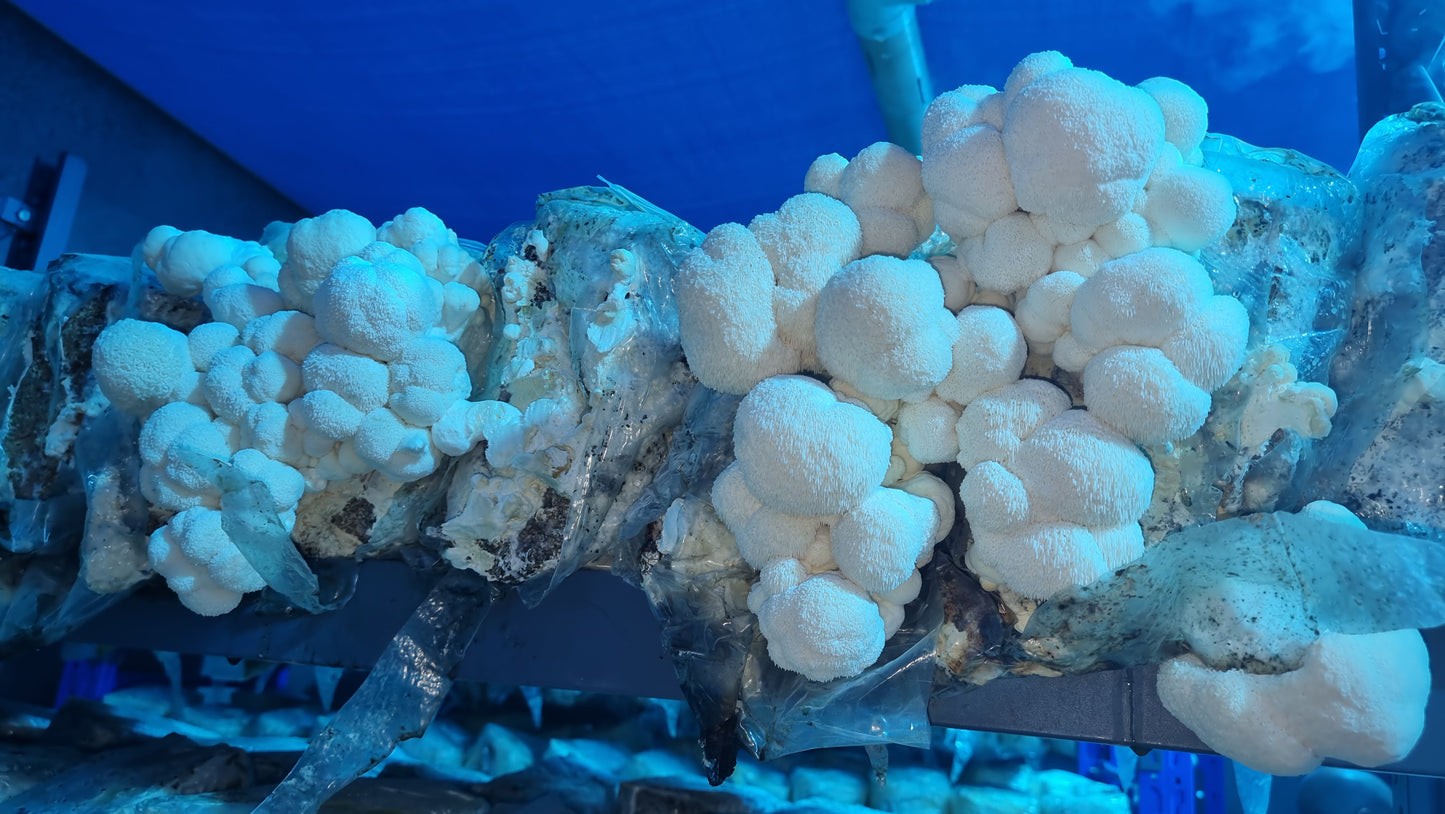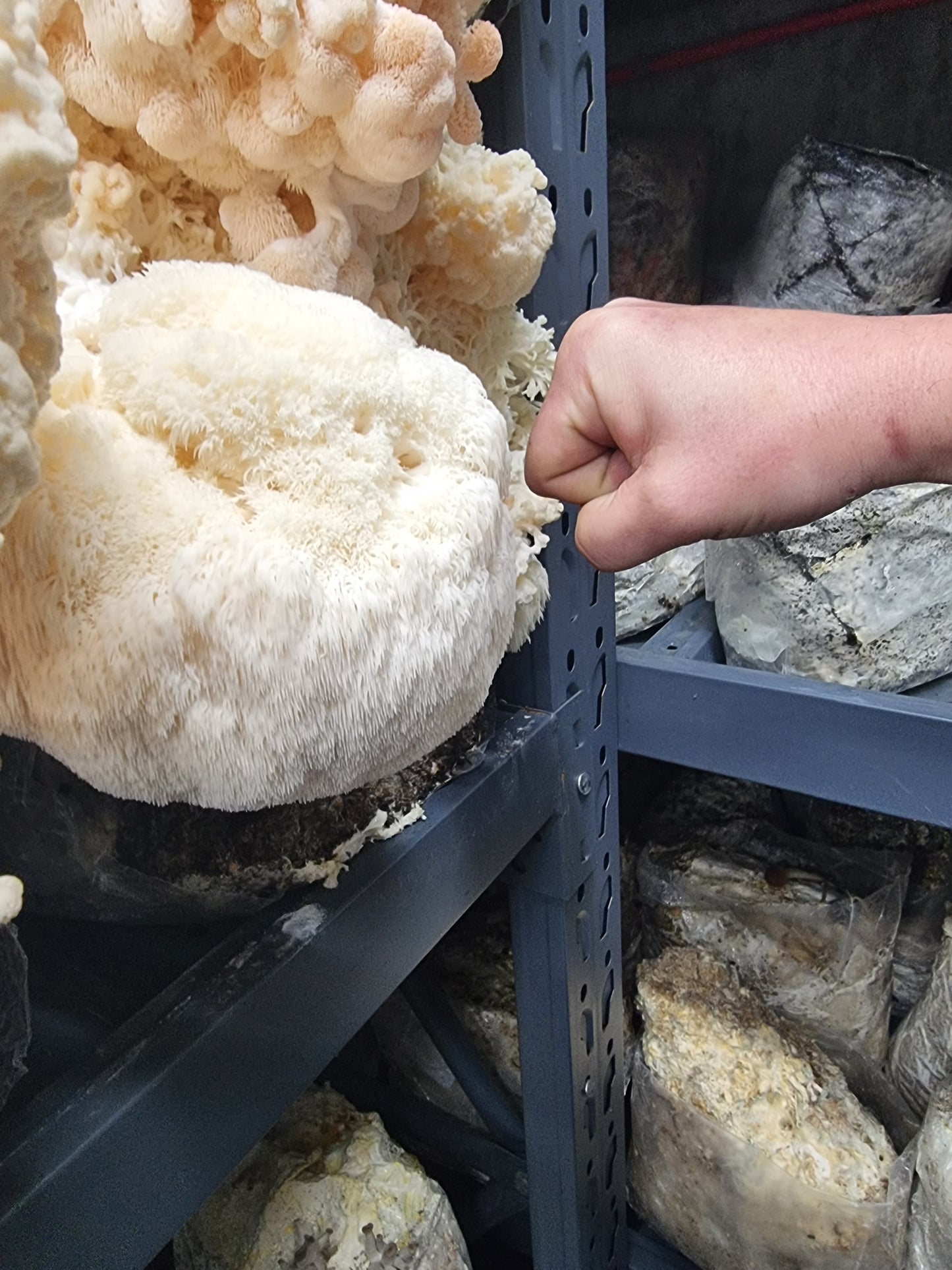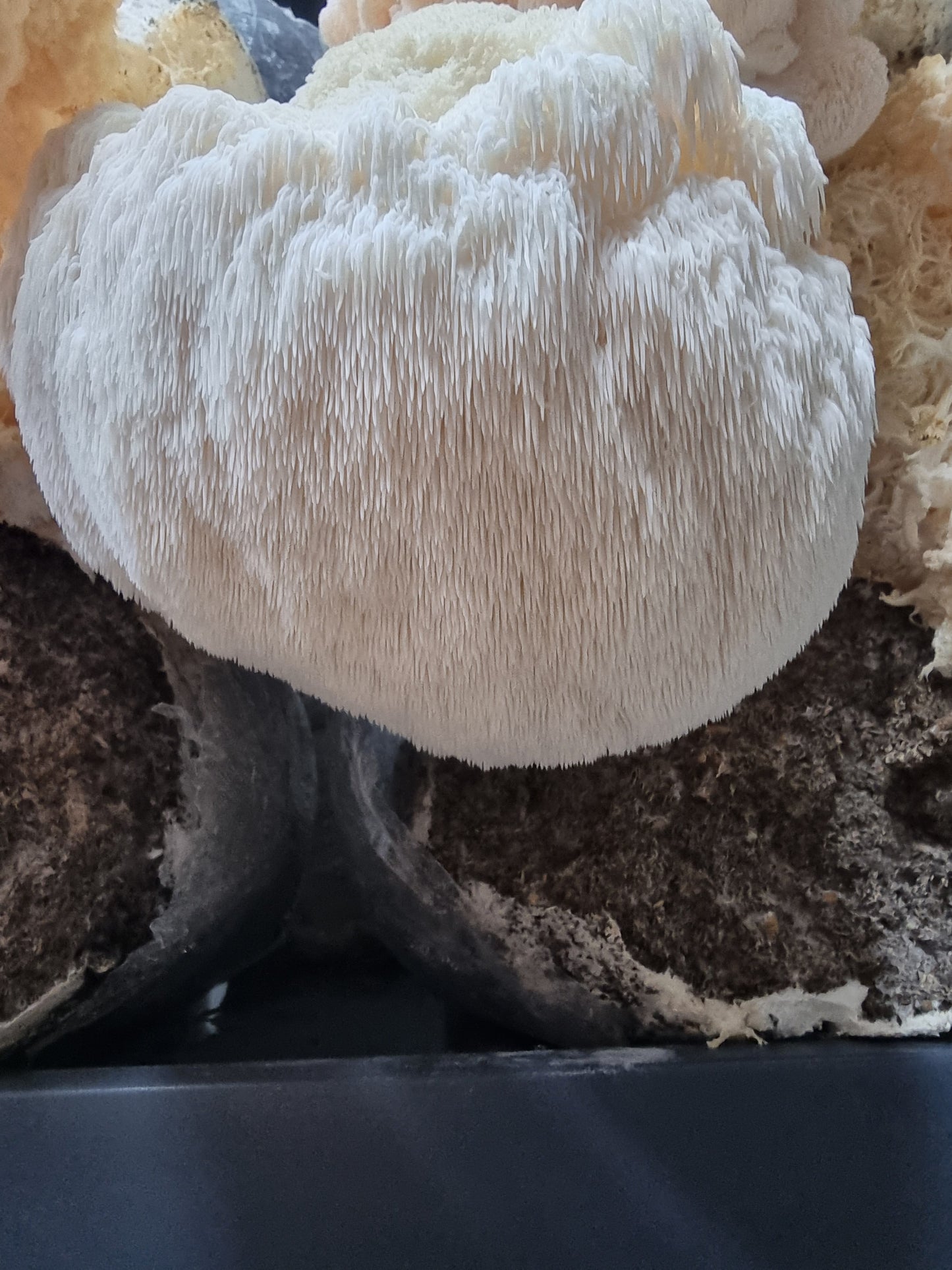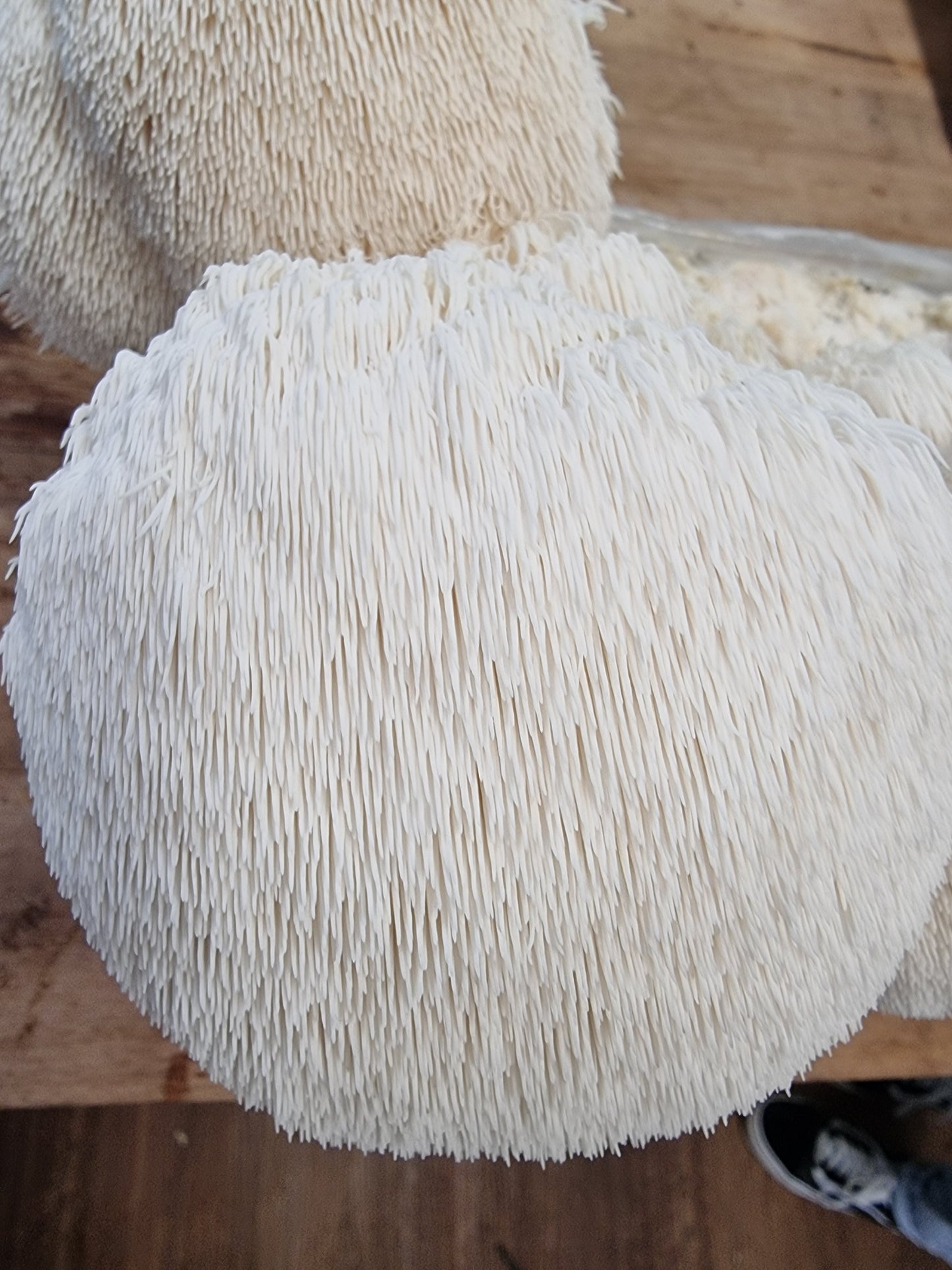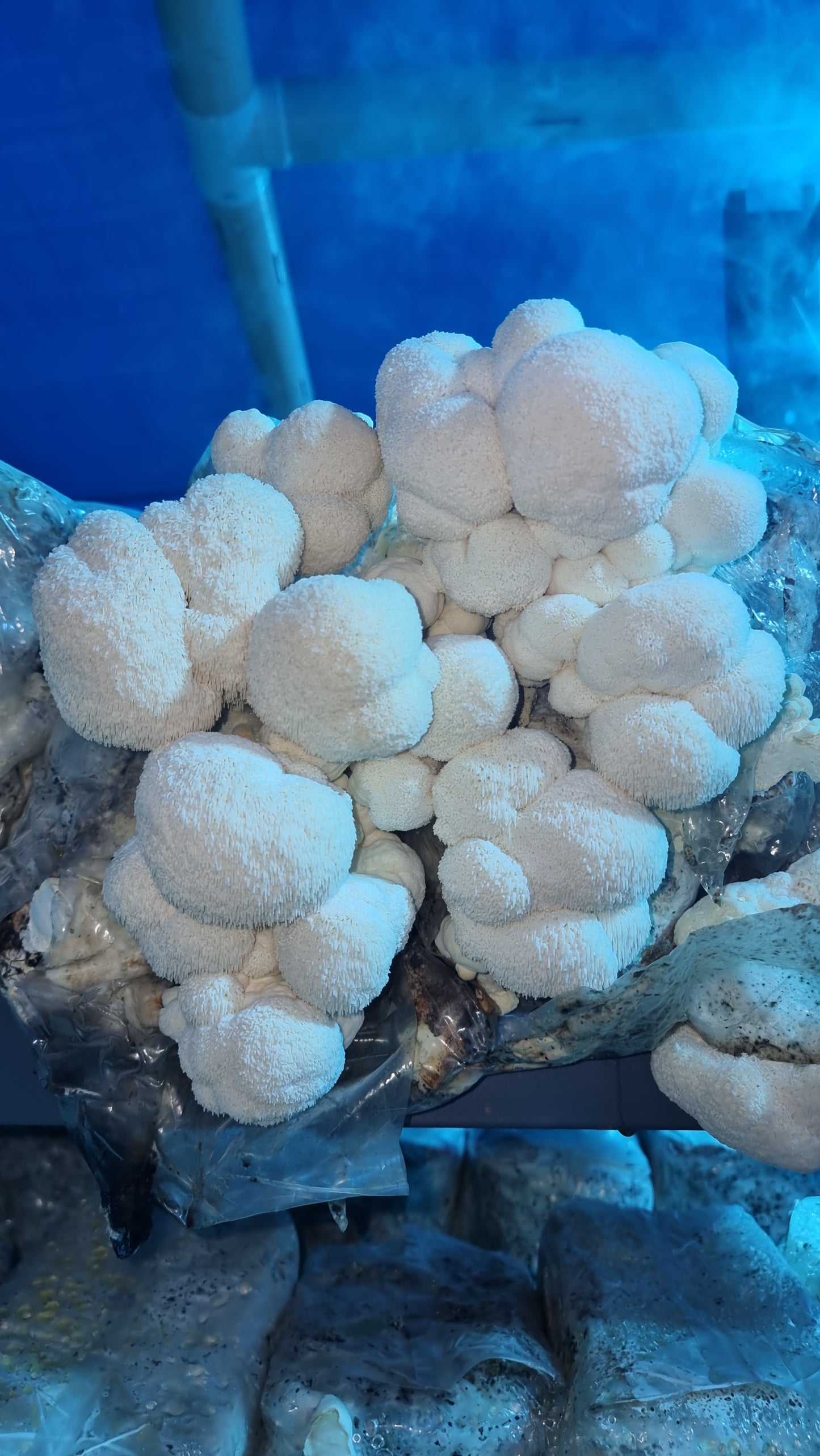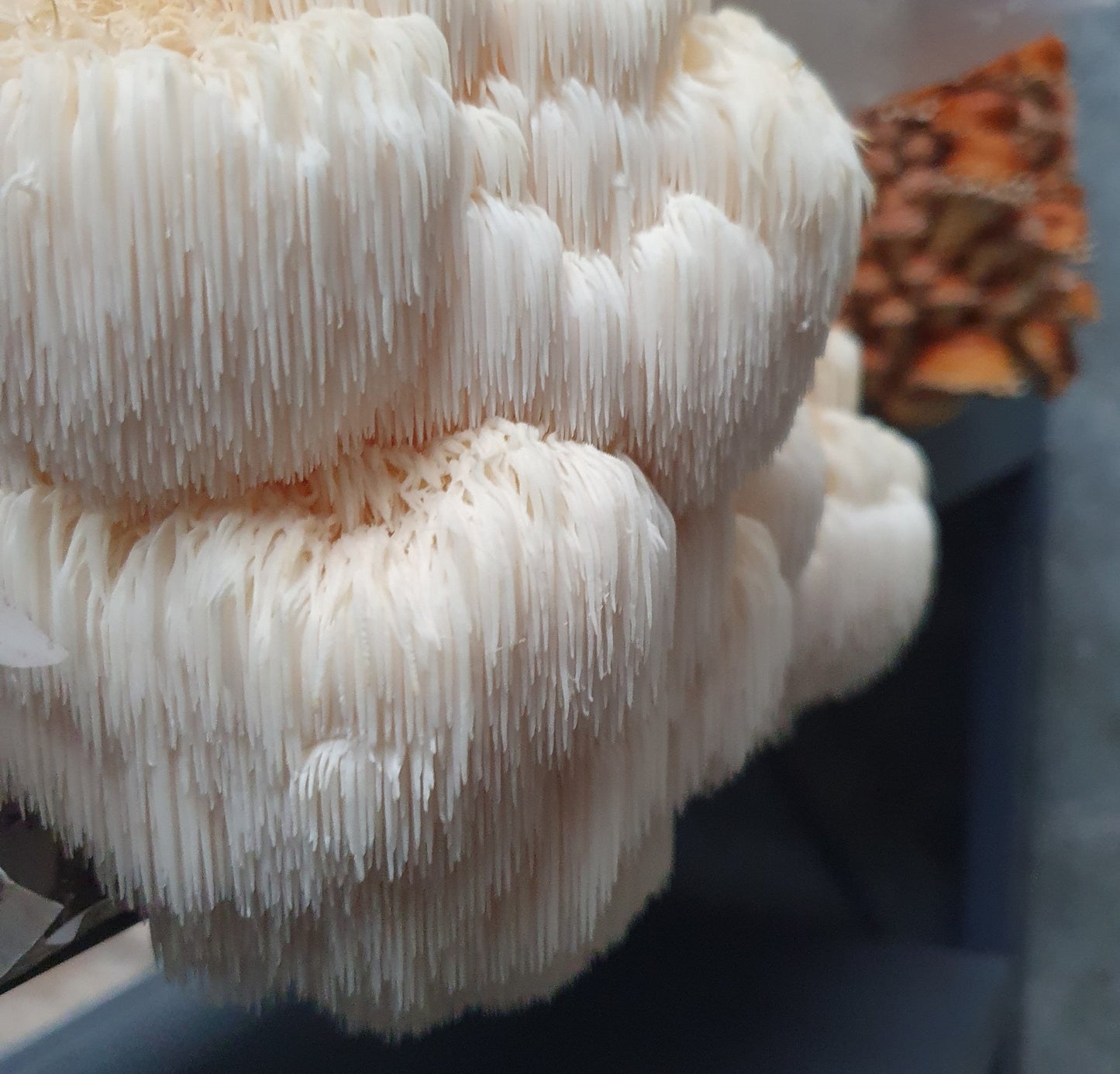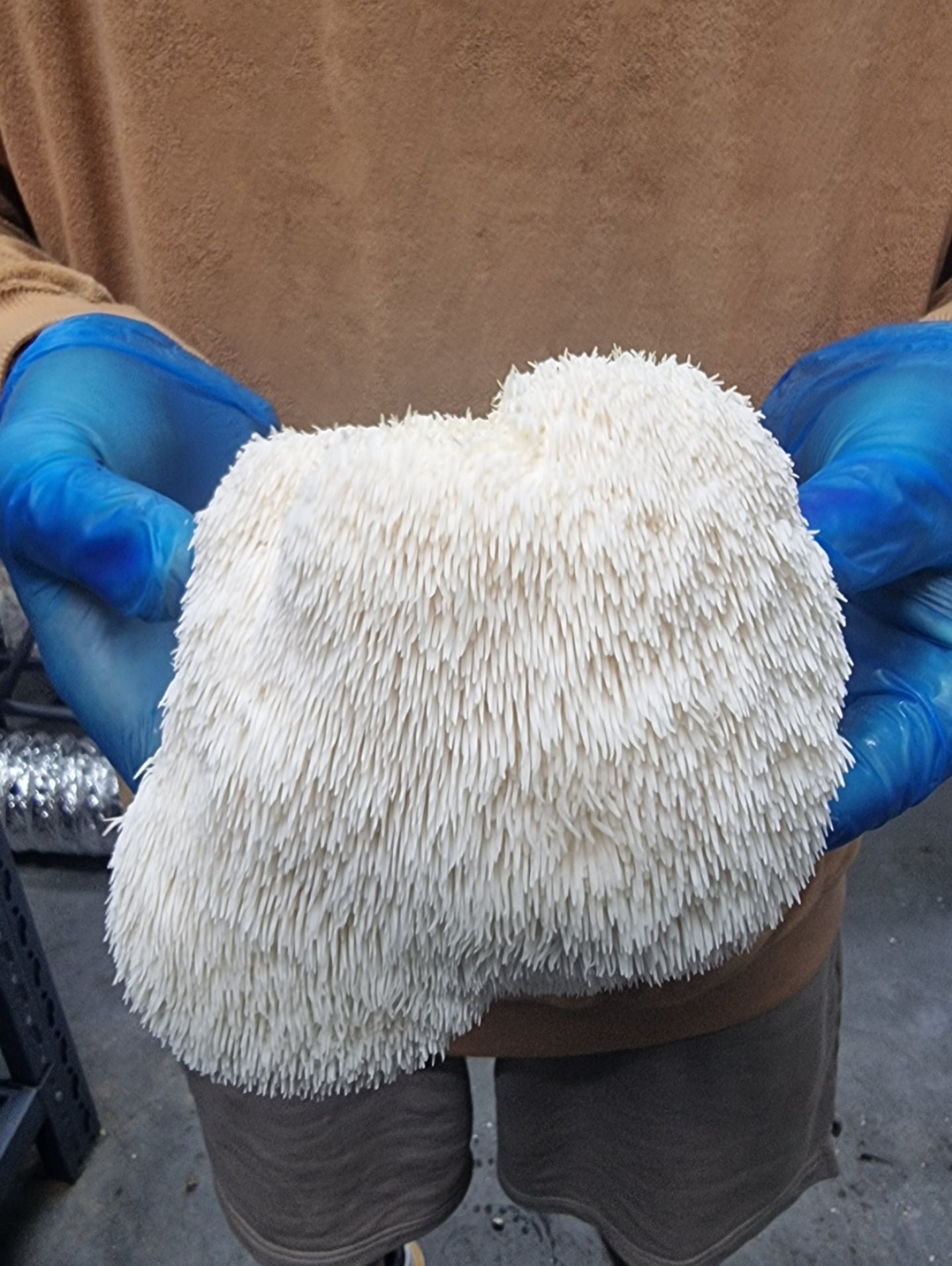In the realm of mushroom cultivation, mastering the art of properly storing liquid culture syringes or jars is a crucial skill.
Just as a well-curated library preserves knowledge, maintaining your strains and cultures is paramount for successful mushroom growth.
This comprehensive guide delves into the intricacies of creating the ideal liquid culture solution and provides step-by-step instructions for effective storage techniques.
Creating the Ideal Liquid Culture Solution
Making Liquid Culture Solution
The foundation of a successful liquid culture begins with understanding the role of sugar concentration.
To strike the perfect balance, adhere to a recipe that ensures the sugar-to-water ratio remains optimal.
Start by measuring out the exact amount of sugar, typically 4 grams, and blend it with 100 ml of water.
Unbleached corn syrup or honey are excellent choices as sugar sources due to their compatibility with mycelium growth.
Aim to keep the sugar concentration below 4% by weight; exceeding this threshold can hinder mycelium development.
Managing Evaporation During Sterilization
As you embark on the sterilization process, bear in mind that slight evaporation may occur. To preempt this, consider adding approximately 10% more water to your solution before sterilization.
This precautionary step ensures that the final sugar concentration remains within the desired range after sterilization.
Sterilization Process: Pressure Cooking or Autoclaving
The sterilization process is paramount to maintaining a contamination-free liquid culture.
Place your concoction in a jar and subject it to 90 minutes of pressure cooking at 15 PSI or 121°C.
This duration and pressure effectively eliminate any potential contaminants. After sterilization, allow the solution to cool to room temperature before moving on to the storage phase.
Steps for Effective Liquid Culture Storage
Step 1: Storing Liquid Culture
The art of preserving liquid culture hinges on a meticulous approach and sterile equipment.
Prioritize the cleanliness of every element involved, from the container to the tools.
Ensure that luer locks, syringes, plastic bags, and other equipment remain impeccably clean to prevent cross-contamination.
For a dedicated storage solution, a laboratory refrigerator cleaned at regular intervals is optimal for housing both agar agar and liquid cultures.
Step 2: Choosing the Right Container for Long-Term Preservation
Selecting an appropriate container plays a pivotal role in ensuring your liquid culture remains viable.
Opt for airtight containers that can withstand high temperatures, such as glass mason jars. For added convenience, consider containers with self-healing injection ports and air filters.
These features enhance the overall storage environment and minimize the risk of contamination.
Step 3: Labeling: Keeping Track of Important Information
A seemingly simple step that is often underestimated, labeling your containers is crucial.
Clearly mark each container with essential details, including the date of creation, strain information, and any other pertinent notes.
This meticulous labeling practice helps prevent confusion and mix-ups, contributing to a well-organized cultivation process.
Step 4: Controlling Environmental Factors: Cool and Dark Storage
The storage environment plays a pivotal role in extending the shelf life of your liquid culture. Optimal storage locations include cool, dark spaces like refrigerators or cool basements.
These conditions slow down mycelium growth, preserving the culture for future use. Additionally, shielding the culture from UV light ensures the mycelium's viability over an extended period.
Step 4: Regular Monitoring: Detecting Contamination and Deterioration
Vigilance is essential in maintaining the integrity of your liquid culture.
Regularly inspect the culture for any signs of contamination or deterioration. A discerning eye can catch subtle changes, such as discoloration or foul odors, which may indicate contamination.
If any such signs arise, it is imperative to discard the culture immediately to prevent the spread of contaminants.
Step 5:Timeframe Considerations: Using Liquid Culture Within a Window
While liquid culture can be stored for several months, it is advisable to use it within a few weeks for optimal results.
This ensures that the mycelium remains healthy and active, contributing to successful inoculation and growth. By adhering to this timeframe, you maximize the culture's efficacy and yield.
Temperature Considerations
Room Temperature Storage: Short-Term Usage
For immediate usage within days to a week, storing the liquid culture at room temperature suffices.
This approach maintains the mycelium's metabolism and facilitates prompt utilization.
Refrigeration: Extending Shelf Life for Moderate Periods
Should your plans involve a longer storage period or delayed usage, refrigeration becomes the preferred option.
Storing the liquid culture in a refrigerator mitigates mycelium activity, allowing you more time to prepare other materials or perform inoculations.
Sub-Zero Preservation: Prolonged Viability and Usage
For those seeking to prolong the shelf life of their liquid culture, sub-zero temperatures offer an optimal solution.
By preserving the culture in a sub-zero environment, you can significantly extend its viability, providing a versatile and enduring resource for your mushroom cultivation endeavors.
Troubleshooting: Recognizing and Addressing Contamination
Signs of Contamination: Visual and Olfactory Clues
While meticulous storage practices significantly reduce the risk of contamination, it remains essential to be able to identify potential issues.
Visual cues, such as discoloration or unusual growth patterns, can serve as red flags. Olfactory indicators, such as foul or off-putting odors, are equally telling signs of contamination.
Immediate Action: Proper Disposal of Contaminated Cultures
Upon detecting contamination, swift action is imperative. Properly disposing of contaminated cultures prevents the spread of contaminants to other viable cultures. This diligent response safeguards your entire collection and ensures the continued success of your cultivation efforts.
Conclusion
In the world of mushroom cultivation, the value of proper liquid culture storage cannot be overstated.
By adhering to these guidelines, you empower yourself with the knowledge and practices necessary to master the art of storing liquid culture syringes or jars.
With vigilance, attention to detail, and a commitment to sterile techniques, you are well-equipped to nurture successful mushroom growth and unlock the full potential of your cultivation endeavors.
